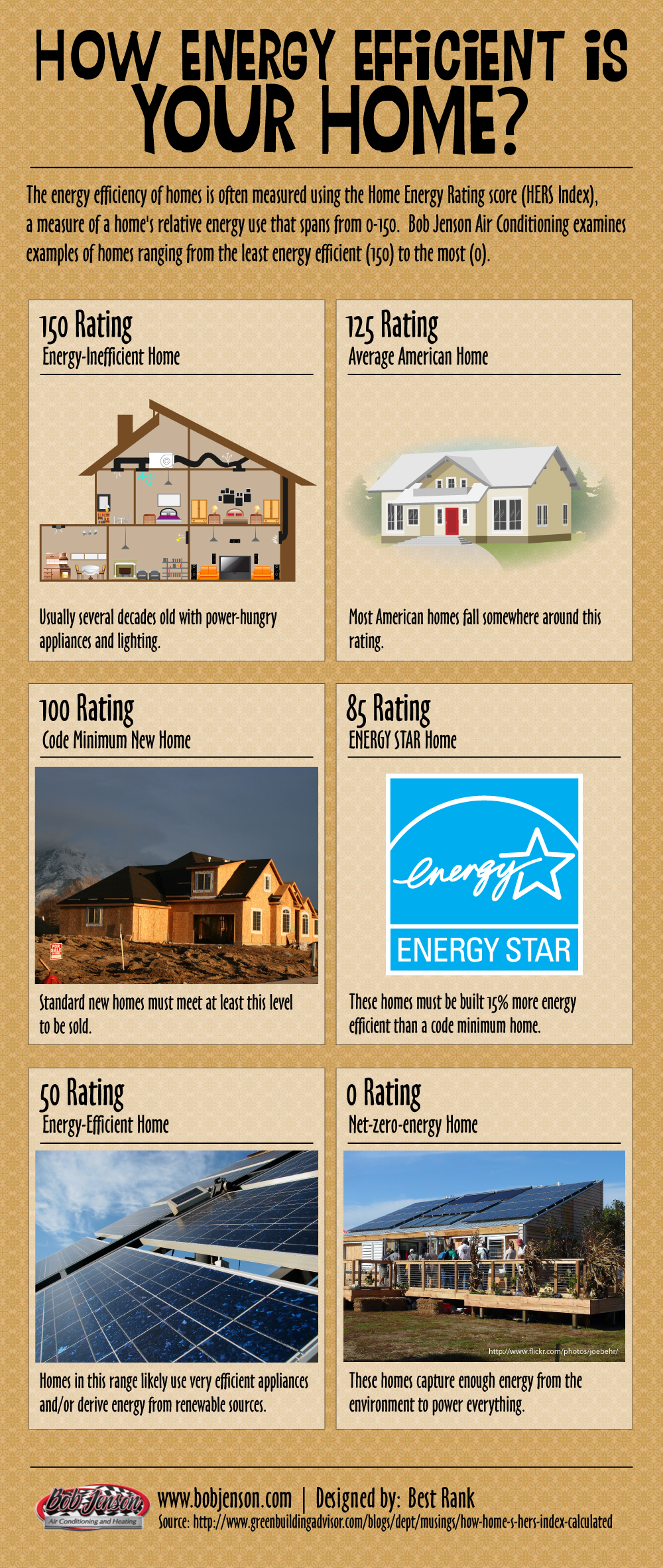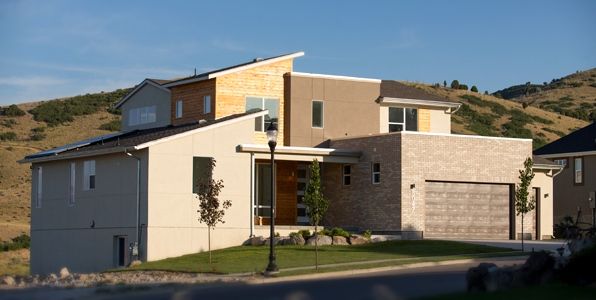The Changeout Law: HERS Testing to Save Energy and Money
Why have your Ducts Tested?
As a homeowner, there are certain rules and regulations that must be followed—and doing so can offer great value to your standard operating procedures as well as your pocketbook. In a state like California where most home energy expenditures go toward air conditioning and heating, the more help we can get with those utility bills, the better.
In this article we’re going to talk about the Changeout Law. Passed in 2005, this California law requires homeowners who are installing or replacing a ducted air system to have them tested for efficiency. And as we know, with great efficiency comes great savings.
What Exactly Does This Law Contain?
Number one: savings for the homeowner. This law requires that homes and office ducts are tested for leaks when a central air conditioner or furnace installed or replaced, and homeowners or contractors must commission a permit before beginning work.
For those homes where the entire system is replaced including all of the ducting, leakage cannot exceed 6% when tested. When only part of a system is replaced ducts cannot leak more than 15%. And that means that the efficiency of your home will improve, and your HVAC costs will be reduced.
What Is a HERS Rating?
The Home Energy Rating System (HERS) measures the energy efficiency of your heating and cooling system for one. HERS rating can also apply to your entire home by measuring its overall efficiency.
How is a HERS Rating Conducted?
Once your contractor is finished installing equipment and sealing ducts, you must choose an approved third-party HERS rater to test your system and make sure the proper forms are completed. Many trusted HVAC contractors, like Bob Jenson A/C, partner with HERS raters to make the process quick and easy for their customers.
The rater comes to the home, many times on the last day of the installation, seals all of the registers where the air comes out and pressure tests the system. If the system leaks too much, a fogger is used to find the leaks, seal and retest. Once testing is passed the final forms are filled out and submitted to the local building departments. A local city inspector finalizes the project and signs off on the permit. Although duct testing and sealing is an additional cost, the resultant energy savings far exceed the amount.
What are some Best Practices when Having Ducts Installed?
Duct Connections – You can ask your contractor how they will make and seal the duct connections. Proper connections include using zip-ties to strap ducts to metal collars, using approved tape to seal the ends to the collars and cans and applying a painted on duct sealant that will keep air from escaping and be flexible in hot and cold temperatures.
Prevent Kinks before They Happen – Ducts should be strapped out of the way and run in a way to avoid kinks. Each duct should be just long enough to make smooth turns and proper connections.
Duct System Design – A duct system is sized based on the total system capacity and the size and heat load of individual spaces duct will terminate into. Improperly design duct systems lead to higher energy bills, uncomfortable hot and cold spots within the home, humidity problems, system strain and unwanted noise.
By choosing the right contractor to install and seal your ducts properly and having them HERS tested, you can improve your indoor air quality, save money, improve the safety of your home, help reduce pollution, and remain in compliance with the California Changeout Law.




